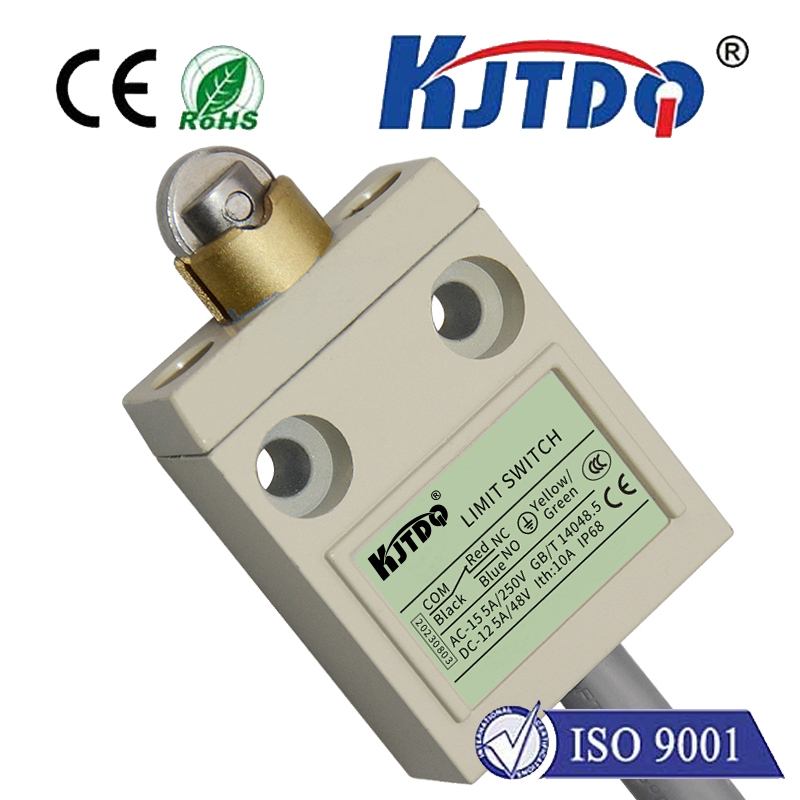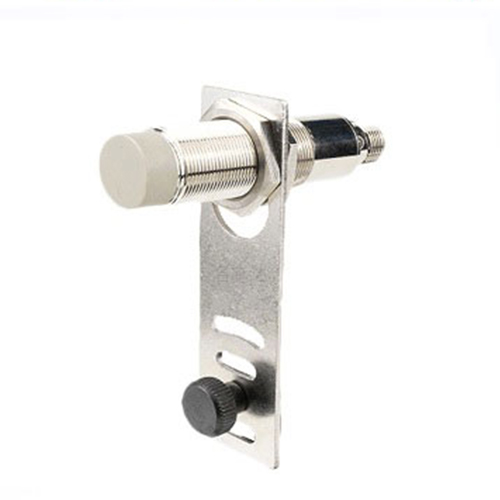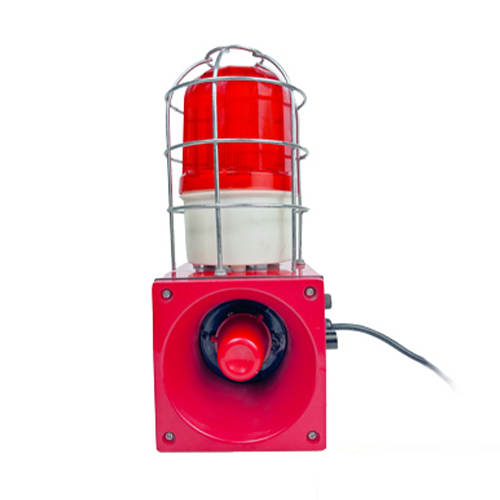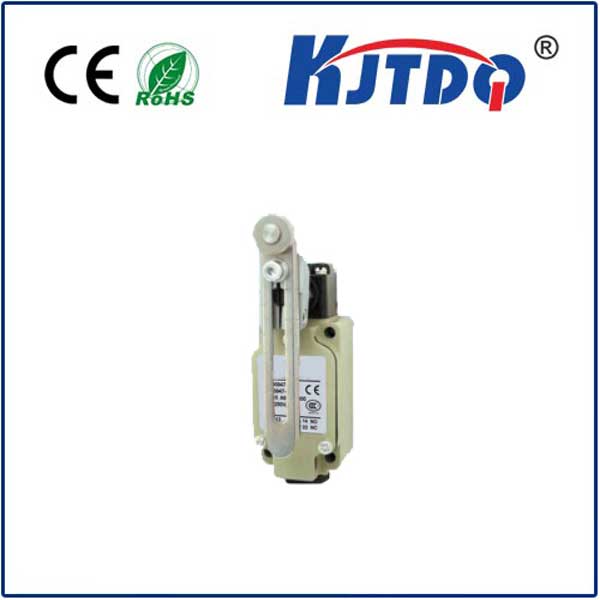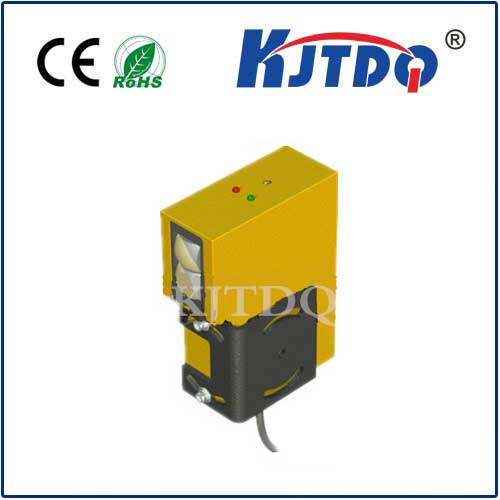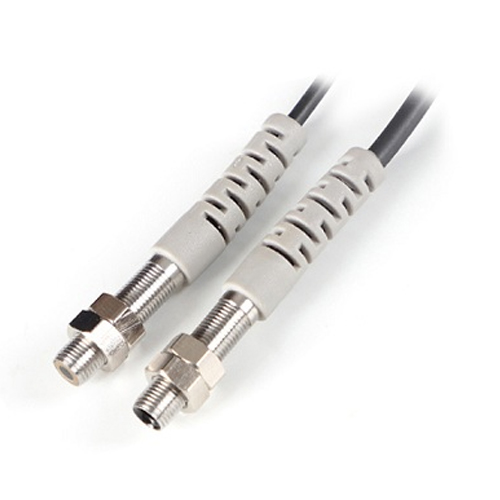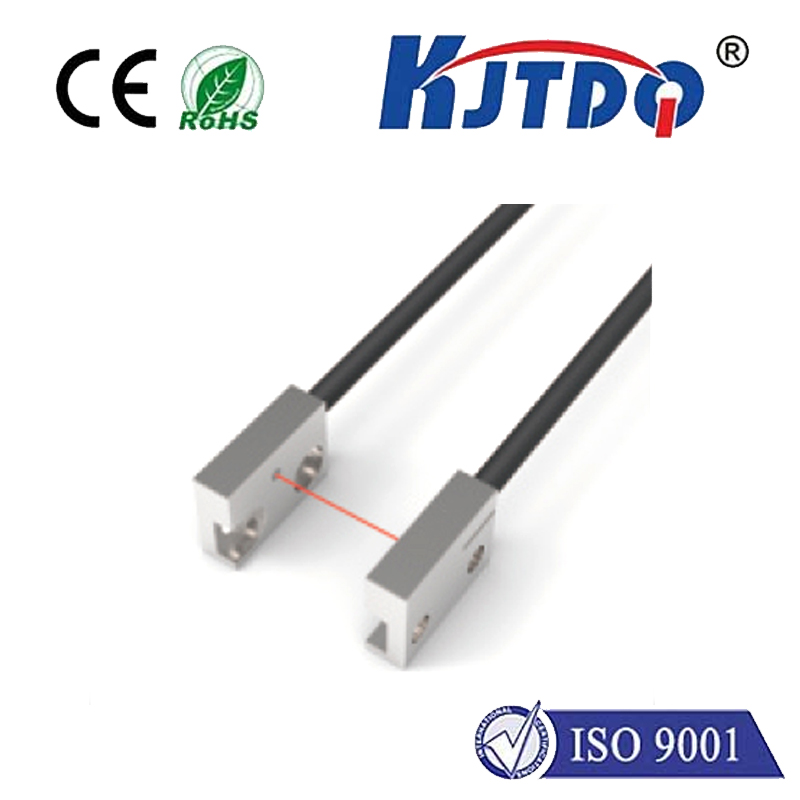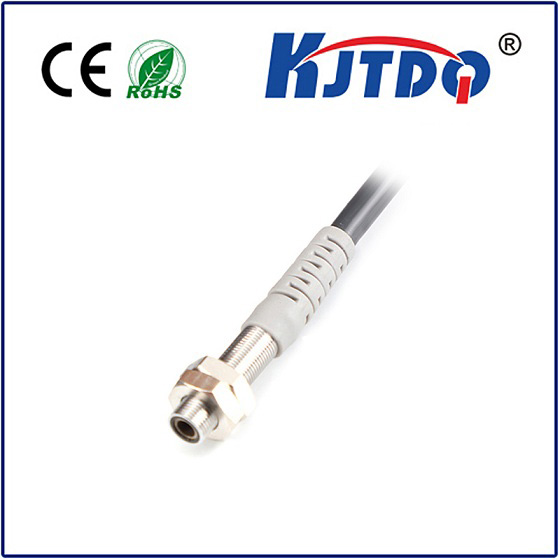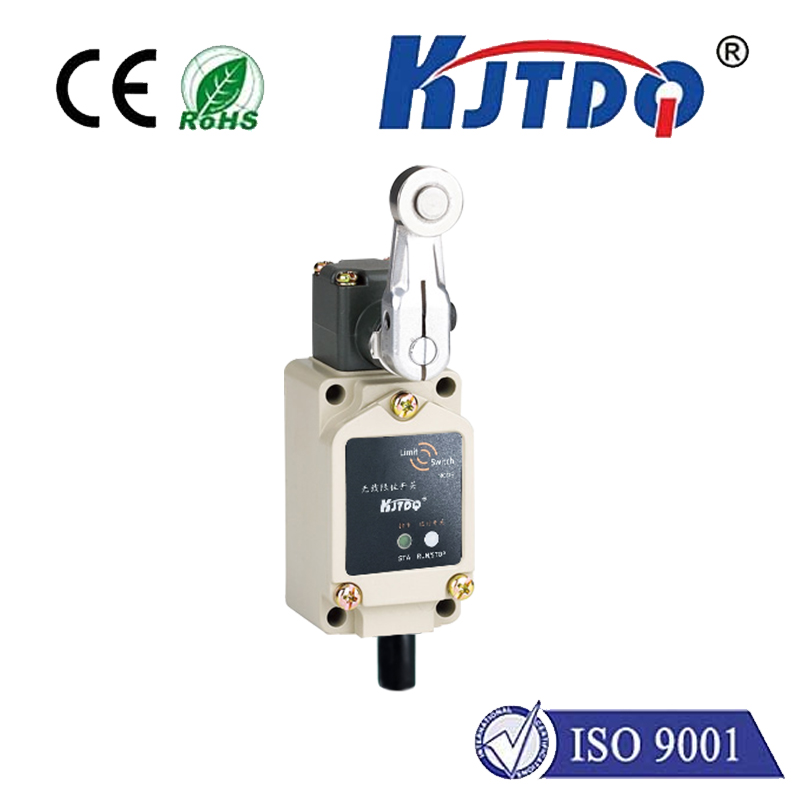fbg sensors ppt
- time:2025-08-14 13:14:44
- Нажмите:0
Mastering FBG Sensor Presentations: Creating Impactful Technical PPTs
Imagine standing before a critical review board. You need to secure funding for integrating fiber optic sensing into a cutting-edge aerospace project. Your slides flicker, crammed with dense equations and unclear diagrams. The immense potential of FBG sensors becomes lost in translation. This is precisely why mastering the art of the FBG sensors PPT is not just about aesthetics; it’s about effectively communicating complex technology and driving crucial decisions. Whether it’s gaining stakeholder buy-in, educating peers, or showcasing groundbreaking research, a powerful presentation is your indispensable tool.
FBG Essentials: Laying the Foundation in Your Slides
Before delving into slide design, ensure your technical presentation firmly establishes what FBG sensors are and why they matter. Briefly explain the core principle: a Bragg grating inscribed within an optical fiber core reflects a specific wavelength of light. Crucially, emphasize that changes in this Bragg wavelength (λB) are directly proportional to external stimuli like strain, temperature, or pressure. This direct relationship is the bedrock of their functionality. Immediately highlight the unique advantages that make FBG technology transformative:

- Electromagnetic Immunity: Operational integrity in high-voltage or explosive environments where traditional electronics falter.
- Multiplexing Power: The ability to serialize numerous FBG sensors along a single optical fiber, drastically reducing cabling complexity, weight, and cost – vital in aerospace or large structures (distributed sensing).
- Corrosion Resistance & Longevity: Ideal for harsh chemical environments or long-term structural health monitoring (SHM) applications like bridges, dams, or pipelines.
Crafting Core Content: The Heart of Your FBG Sensors PPT
A compelling FBG presentation moves beyond basic definitions to clearly articulate value and Применение. Structure your core slides strategically:
- Clarity on Principles: Use simplified diagrams showing light interaction with the grating and the resulting spectral shift under strain/temperature. Avoid overly complex optical physics unless your audience requires it. Focus on the intuitive cause (stimulus) and effect (wavelength shift).
- Compelling Advantages: Don’t just list features; translate them into tangible benefits. Show how electromagnetic immunity enables monitoring inside power transformers or MRI machines. Demonstrate how multiplexing allows monitoring hundreds of points on an aircraft wing with minimal cabling weight. Link longevity to reduced maintenance costs in offshore platforms.
- Concrete Application Spotlight: Dedicate slides to specific, relatable use cases. Use high-quality images or schematics:
- SHM: Monitoring stress distribution in a suspension bridge under load, detecting micro-cracks.
- Аэрокосмическая деятельность: Embedding FBGs in composite wings for real-time load monitoring and fatigue detection during flight tests.
- Energy: Distributed temperature sensing along subsea power cables or downhole monitoring in oil/gas wells.
- Biomechanics: Integrating FBGs into smart textiles for precise movement or pressure mapping.
- Data That Tells a Story: Data visualization is non-negotiable. Instead of overwhelming tables, use clear, labeled graphs:
- Show wavelength shift vs. applied strain/temperature.
- Display spectral responses (reflectance plots) highlighting distinct sensor peaks.
- Utilize heat maps or color-coded diagrams showing strain distribution across a structure (crucial for SHM slides). Label axes meticulously and interpret what the data means for the audience.
- Architecture Overview: Briefly explain how a complete FBG system functions. Include slides covering key components: the FBG array, the interrogator (light source & wavelength detection unit), and data acquisition/processing software. Illustrate the signal flow clearly. Mention different interrogation techniques (like swept laser or spectrometer-based) for specialized audiences.
Designing for Maximum Impact: Beyond Bullet Points
Technical depth shouldn’t mean visual monotony. Optimize your optical sensing presentation design for engagement and recall:
- Minimize Text, Maximize Visuals: Walls of text kill engagement. Use concise bullet points (ideally 5-7 words each) sparingly. Heavily favor diagrams, photos, icons, and graphs. Tools like Microsoft Visio or Lucidchart are excellent for creating clean, professional schematics.
- Strategic Animation (Use Sparingly!): Simple animations can guide the audience’s eye effectively – revealing layers of a composite structure to show sensor placement, or sequentially building a system diagram. Avoid distracting transitions or meaningless object fly-ins. PowerPoint Morph is great for smooth transitions.
- Consistent & Professional Theme: Choose clean, readable fonts (sans-serif like Calibri or Arial). Use a restrained color palette that offers sufficient contrast. Define a style for headers, body text, and captions and stick to it rigidly. Avoid chaotic backgrounds (especially dark blue with stars/glare effects!).
- Storyboarding is Key: Before opening PowerPoint, sketch out your narrative flow on paper or a whiteboard. What’s the logical journey? Problem -> FBG Solution -> How it Works -> Key Advantages -> Proof (Data/Apps) -> Summary/Next Steps. Ensure each slide naturally leads to the next.
- Know Your Audience: Tailor depth and language. A management overview focuses on benefits, ROI, and risk reduction. For engineers, delve deeper into multiplexing capacity, wavelength drift tolerances, or specific interrogation methods. For researchers, highlight novel sensor designs, advanced demodulation techniques, or unique material integrations. Never present the same exact deck to vastly different audiences.
Avoiding Common FBG Presentation Pitfalls
Steer clear of these frequent mistakes that weaken technical slide design effectiveness:
- The Technical Jargon Avalanche: Assume limited FBG knowledge upfront. Define acronyms (FBG first, then Fiber Bragg Grating) and specialized terms when first used. If unavoidable complexity is needed, explain it simply (“The interrogator is like the ‘brain’ that reads each sensor’s unique signal…”).
- Overcrowded Slides: Resist the urge to cram. If you have more than one major concept per slide, split it. Use the “Rule of Thirds” visually. Generous white space enhances readability.
- Unreadable Data Visualization: Graphs without labeled axes, clashing colors, tiny fonts, or overly complex plots render your best data useless. Prioritize clarity above all else. Use distinct markers and line styles for multiple sensors. Add clear legends.
- Neglecting the “Why”: Spending 90% of the time on “how it works” without clearly linking it to the audience’s needs or problems is a missed opportunity. Always connect technical details back to tangible benefits and solutions.
- Static Spectra: Showing only a single, static reflectance spectrum fails to convey the core dynamic of FBG sensing. Always include a visual (animation or side-by-side plots) demonstrating the characteristic wavelength shift under applied measurand (strain, temp). This is fundamental to understanding FBG response.

